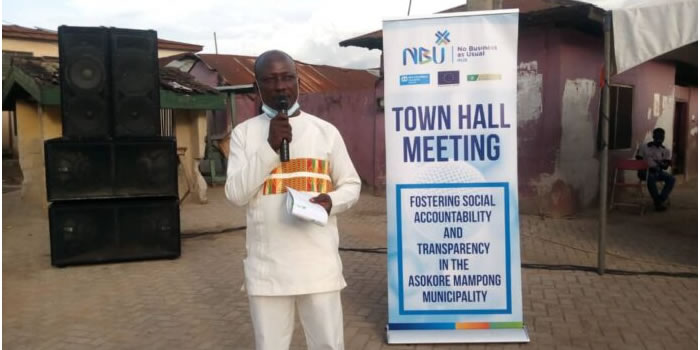

VULNERABILITY OF THE MUNICIPAL
The vulnerability profile points out the groups in the Municipality who are susceptible to physical and/or emotional injury as well as other disaster attack. This may also include persons who may be liable to succumb, as to persuasion or temptation.
The social segment of the municipality faces various degrees of social concern ranging from child trafficking abuses, labour and prostitution to theft and murder, not forgetting streetism. The vulnerability profile so developed among other factors point out to the de-functioning of society and institutions. The commitment by governments to put a stop to this through various constitutional social protection programmes and functionality of its institutions needs to be revived to address the problems of its institutions. Inadequate resources and inability of right implementation commitment to solve social concerns also contributes to the vulnerability of people.
The Municipality has been challenged with Vulnerability issues. From comprehensive study, about 10 percent of the population is vulnerable. Some of the issues that prone an individual to been vulnerable include disability, child labour, child prostitution, child trafficking, the aged, widows, orphans and people with HIV/AIDS.
The vulnerability segment of the population of the municipality has resulted in the following;
(i) Truancy and school dropouts
(ii) Child abuse
(iii) Child labour
(iv) High crime rate
(v) Drug abuse
(vi) Various social vices
(vii) Broken homes
(viii) Single parenting
(ix) Teenage pregnancy
(x) Child prostitution
(xi) Domestic violence
The vulnerability profile is also designed to measure a large number of factors ranging from risk of incarceration to society risk of extinction. It takes into consideration negative outcomes for both the vulnerable groups and the society as a whole.
Children in Difficult Situations
This municipality harbours a lot of children in difficult situations, among which include those in child poverty, child abuse, children in conflict with the law, children in contact with the law, child trafficking, child labour, and orphans among others. The figures and table below represent an estimation of the people who fall within the kind of vulnerability regarding difficult situations encountered by children.
From the above figure and table, the 34.6 percent of the children are orphan; this notwithstanding the assembly has an orphanage home catering for children in such category. Child poverty is also an increasing development issue in the Municipal and this is as a result of the increasing birth rate in the Municipality. Also, child abuse, child labour and child trafficking is an issue in the Municipal because, parent use children in generating income to finance the household. The children are thus engaged in economic activities such as sale of water, toffees and other groceries in the Municipality.
Vulnerability of Disaster and HIV
The vulnerability profile also takes people living in disaster prone areas into consideration as well persons living with HIV, persons living with disabilities as well as victims of abuse. The figure and table below show an estimated number of people living in disaster prone areas, people living with HIV, persons with disability and victims of abuse.
Disability
Disability is the consequence of an impairment that may be physical, cognitive, mental, sensory, and emotional, among others. The total proportions of the population who are without disability are 97.0 percent and those with disability constitute 3.0 percent of the population (PHC, 2010). Also, the male population with disability is 2.8 percent and females 3.1%. However, the proportion of males without disability is 97.2 percent as against females (96.9%).
All disabled persons have impairments. Impairments take various forms such as sight, hearing, and speech among others. The total proportion of disabled persons as shown in Figure 6.1 with sight/visual impairment is 31.0 percent, followed by physical impairment (19.0%) and Emotional impairment (13.0%). Hearing and speech disability accounts for 10.0 percent of the types of disability in the Municipality, with intellectual disability being the least (8.0%).
Date Created : 11/23/2017 5:08:00 AM












 facebook
facebook
 twitter
twitter
 Youtube
Youtube
 +233 593 831 280
+233 593 831 280 0800 430 430
0800 430 430 GPS: GE-231-4383
GPS: GE-231-4383 info@ghanadistricts.com
info@ghanadistricts.com Box GP1044, Accra, Ghana
Box GP1044, Accra, Ghana